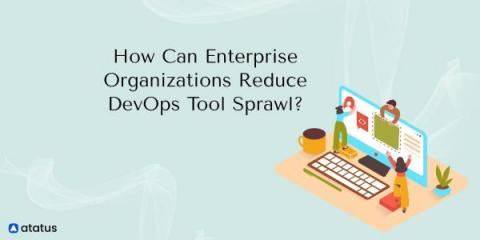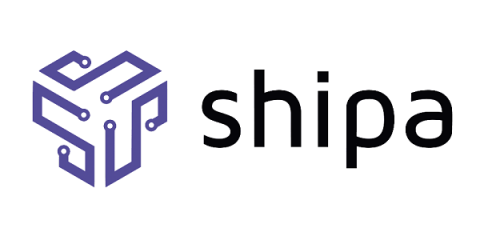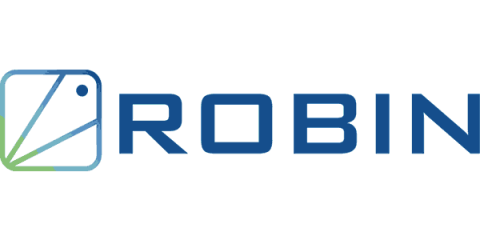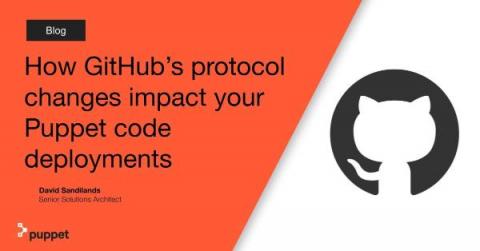Building an Immersive App Experience with the Mattermost Apps Framework
In this post, we’ll examine a way to create a Workplace Wellness program that can be used within Mattermost. This program consists of four distinct apps which are meant to help companies that are embracing a remote work culture.











